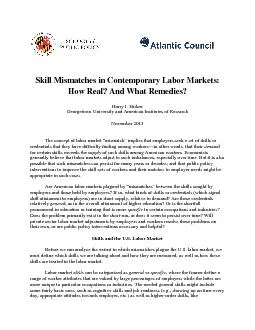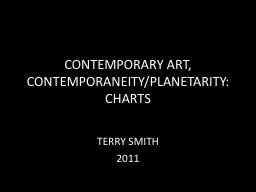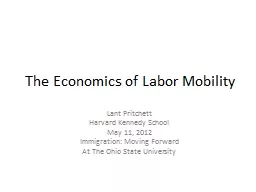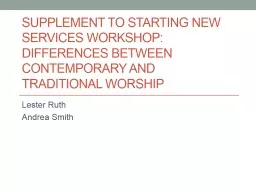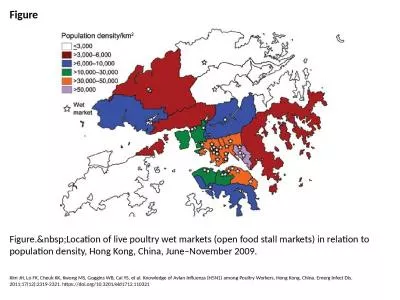PDF-Skill Mismatches in Contemporary Labor Markets: How Real? And What Rem
Author : ellena-manuel | Published Date : 2015-09-07
2 xMCIxD 0 xMCIxD 0 analyticalproblemsolving and socialcommunication abilitiesThe specific skills are those necessary to carry out the tasksrequired on any particular
Presentation Embed Code
Download Presentation
Download Presentation The PPT/PDF document "Skill Mismatches in Contemporary Labor M..." is the property of its rightful owner. Permission is granted to download and print the materials on this website for personal, non-commercial use only, and to display it on your personal computer provided you do not modify the materials and that you retain all copyright notices contained in the materials. By downloading content from our website, you accept the terms of this agreement.
Skill Mismatches in Contemporary Labor Markets: How Real? And What Rem: Transcript
Download Rules Of Document
"Skill Mismatches in Contemporary Labor Markets: How Real? And What Rem"The content belongs to its owner. You may download and print it for personal use, without modification, and keep all copyright notices. By downloading, you agree to these terms.
Related Documents

